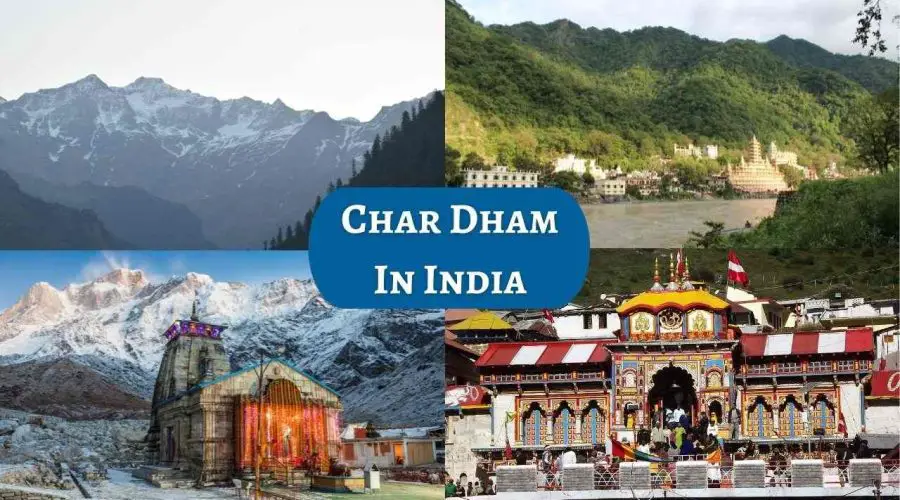Planning A Trip For Char Dham In India? This is all YOU NEED TO KNOW
Char Dham is one of India’s most significant Hindu Pilgrimages. This Yatra or pilgrimage is a visit of four holy sites in the Himalayas: Yamunotri, Gangotri, Kedarnath, and Badrinath. Char signifies four in Hindi, and Dham refers to holy sites.
Each of the locations has its own unique and storied past. But perhaps the grandeur and mysticism of each destination qualify them for inclusion in a spiritual pilgrimage tour.
Char Dham in INDIA are:-
YAMUNOTRI
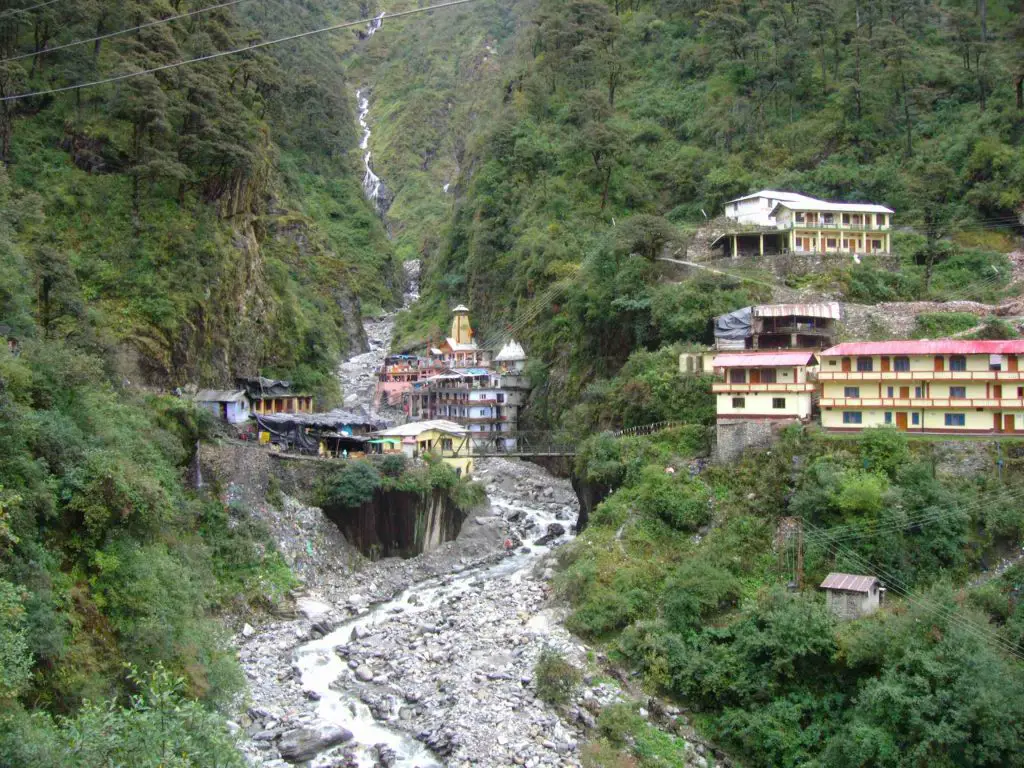
Yamunotri is the source of the second most sacred river in India, the Yamuna. Yamunotri Dham, located in the Uttarkashi district of the State of Uttarakhand, is the first stop on the pilgrimage.
As per ancient Hindu beliefs, Yamuna is said to be the daughter of the Sun and the twin sister of Yama (the god of death). According to legend, the sage Asit Muni resided here and bathed in both the Ganga and the Yamuna. In his old age, when he was unable to travel to Gangotri, a Ganga stream began to pour across the Yamuna’s steam.
It is claimed that bathing in its water washes away all sins and protects against premature and painful death. The Yamunotri shrine is said to have been constructed in 1839 by Naresh Sudarshan Shah, the monarch of Tehri. The shrine also houses the idol of Ganga Devi, in addition to that of Yamuna Devi. Surya Kund is the most important of the numerous hot water springs located close to the temple. Devotees boil rice and potatoes in the kund and consume it as the devi’s Prasad.
The best time to visit Yamunotri is between May to June and September to November. People visit this city and find a pleasant atmosphere throughout the year. October to March marks the winter season in Yamunotri. In this season, the place also experiences snowfall as temperatures fall below 0 degree
Nearest Major Airport: Jolly Grant, Dehradun
Nearest Major Railway Station: Rishikesh, Haridwar Station
Best Mode to Reach: Road, Railway
GANGOTRI
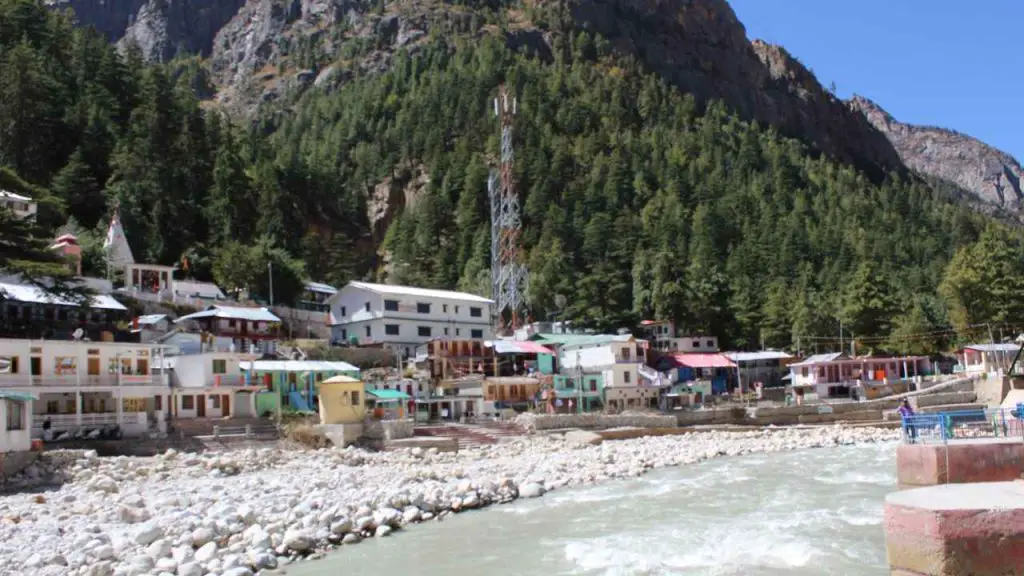
Gangotri Dham is devoted to the goddess Ganga, who is thought to have descended to earth to cleanse humanity of its sins. The river begins at Gaumukh, approximately 18 kilometres from the Gangotri town, from the Gangotri glacier. In the early 19th century, Amar Singh Thapa, a Gurkha general, constructed the ancient Gangotri temple in the Uttarkashi district of the state of Uttarakhand.
As per ancient Hindu beliefs, during the Ashwamedha Yagna, King Sagar sent his sixty thousand sons along with the horse. The horse was lost; after tracking it to Guru Kapila’s ashram, 60,000 sons invaded the ashram and disturbed the meditating sage. Infuriated, Kapila opened his scorching eyes, which reduced all sixty thousand sons to ashes.
On Kapila’s guidance, Anshuman (Sagar’s grandson) began praying to Goddess Ganga, pleading with her to descend to earth to purify the ashes of his ancestors and grant them salvation. Anshuman failed to achieve his objective; it was his grandson Bhagirath’s intense meditation that brought Ganga to earth. Lord Shiva bound Ganga and dispersed its water into a multitude of streams to protect the planet from its terrible force.
Best time to Visit: The summer season is the best time to visit Gangotri and seek blessings at the temple of Goddess Ganga. The temperature ranges from 20°C to 30°C, which is favourable for sightseeing.
Nearest Major Airport: Jolly Grant, Dehradun
Nearest Major Railway Station: Rishikesh, Haridwar Station
Best Mode to Reach: Road, Railway
KEDARNATH
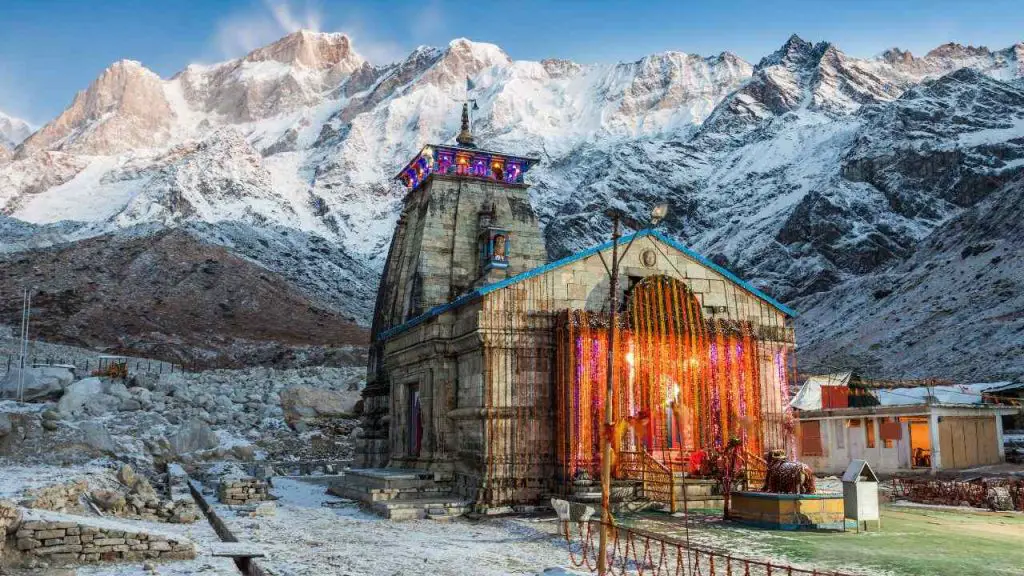
Kedarnath, located in the Uttarakhand district of Rudraprayag, is the most isolated pilgrimage site on the yatra. Pandavas are said to have originally constructed the Kedarnath temple. And in the eighth century, Adi Shankaracharya had the current edifice constructed adjacent to the previous temple. The grey stone structure’s towering design and ability to withstand so many millennia in such a hostile environment make it an architectural marvel.
As per ancient Hindu beliefs, Pandavas sought Lord Shiva to be absolved of their sins committed on the Mahabharata battlefield. Lord Shiva was not in the mood to forgive them, so he transformed himself into a bull and travelled to the Garhwal side of Uttarakhand. As soon as he was discovered by the Pandavas, he dove beneath the ground. Different parts of the Lord appeared in various locations: the hump at Kedarnath, the arms at Tunganath, the navel at Madhya-Maheshwar, the face at Rudranath, and the hair at Kalpeshwar. These five locations are together known as Panch-Kedar. Pandavas constructed temples in each of the five locations.
Best Time to Visit: The best season to visit Kedarnath is summer when the temperature is moderate and stays between 15-30 degrees Celsius. The sun is warm and there is a gentle cool breeze that makes the day pleasant.
Nearest Major Airport: Jolly Grant, Dehradun
Nearest Major Railway Station: Rishikesh, Haridwar Station
Best Mode to Reach: Road, Railway
BADRINATH
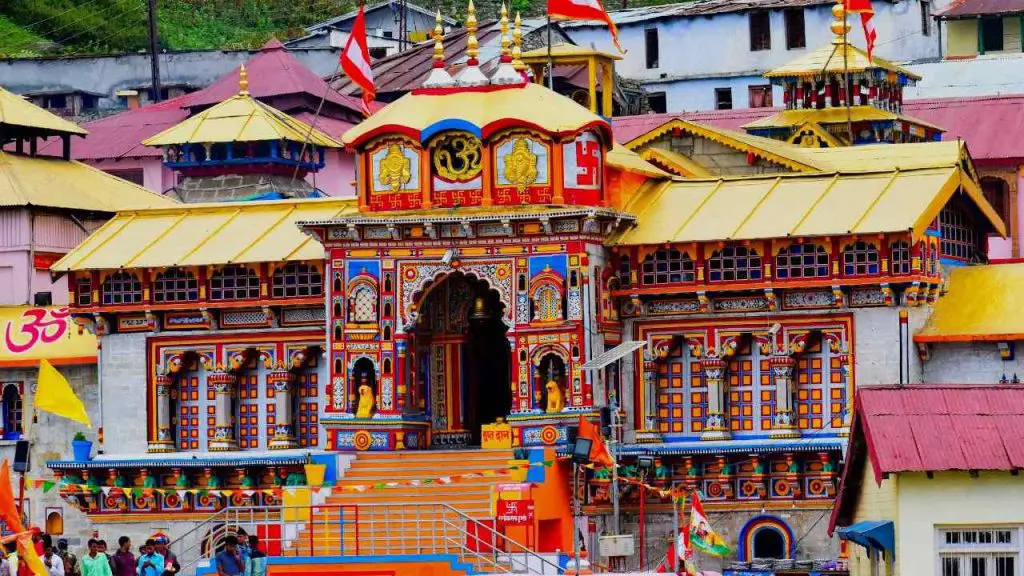
Badrinath is regarded as one of the holiest locations in Hinduism. The Badrinath temple, one of the 108 Divya Desams, is included in both the Char Dham and the Chota Char Dham. Adi Shankaracharya discovered the statue of Lord Badri in the Alaknanda River and installed it in a cave near Tapt Kund. In the 16th century, a Garhwal king commissioned the construction of the temple, which has been repaired numerous times due to natural disasters. Neelkanth peak enhances the attractiveness of Badrinath Dham, which is nestled between the Nar and Narayan peaks, by providing a majestic backdrop.
As per ancient Hindu beliefs, Lord Vishnu’s luxurious lifestyle was criticised by a guru, following which he meditated here as an act of penance. His wife, the goddess Laxmi, assumed the form of a berry tree to protect him from the sun and other harsh elements of nature. According to another heavenly legend, Badrinath was formerly the domain of Shiva. Vishnu deceived Shiva into abandoning the location and then established himself there instead.
Best Time to Visit: The ideal time or peak season to go to Badrinath is from May to October, except for monsoons as the roads are prone to frequent landslides. The Badrinath temple annually opens between the summer months of April-May and closes during winter.
Nearest Major Airport: Jolly Grant, Dehradun
Nearest Major Railway Station: Rishikesh, Haridwar Station
Best Mode to Reach: Road, Railway

